Home / Canvas Wraps / Space Canvas Wraps / Nebula
![]()
Shop WhiteClouds for some of the best Space Nebula wall canvas art images online. Don't be fooled by its nature as a cloud of dust in the galaxy. Nebulas are absolutely ethereal and exhibit beautiful textures and colors. Make a statement with beautiful images of these interstellar clouds.
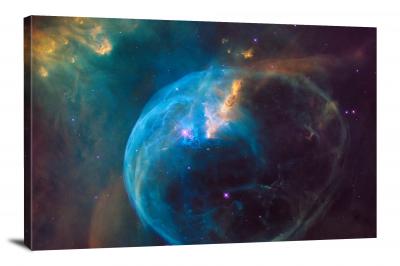
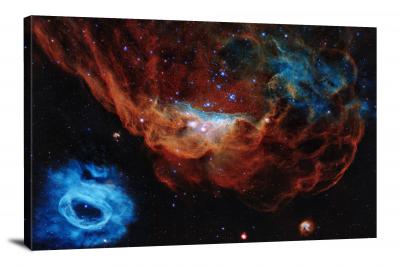
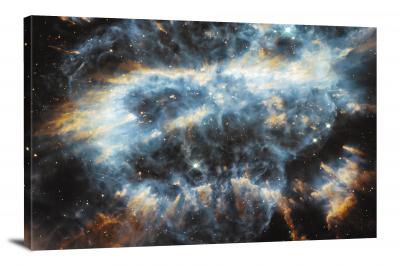
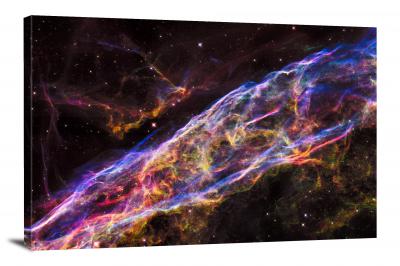
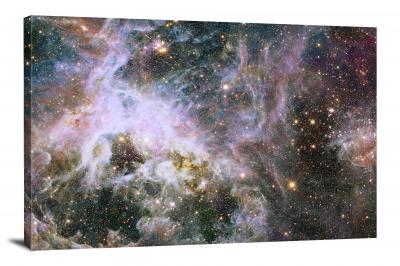
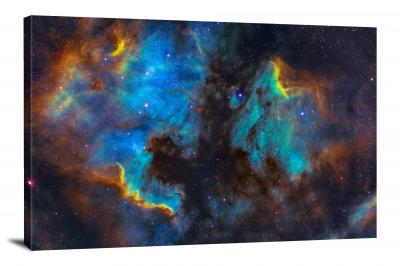
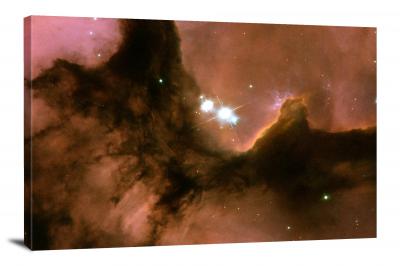
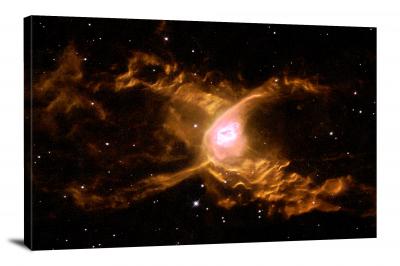
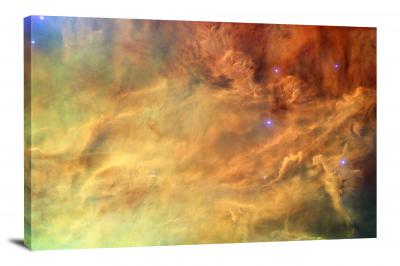
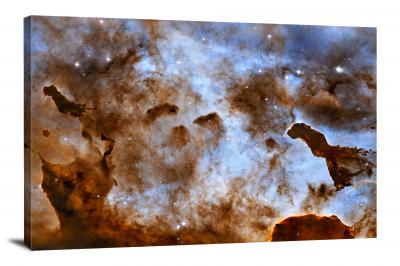
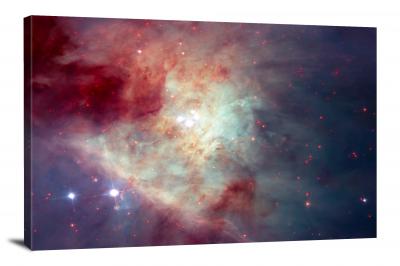
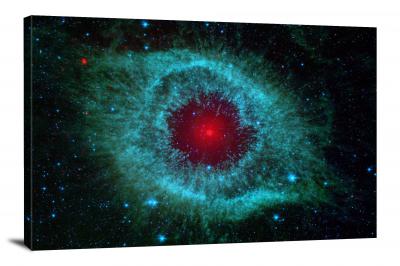
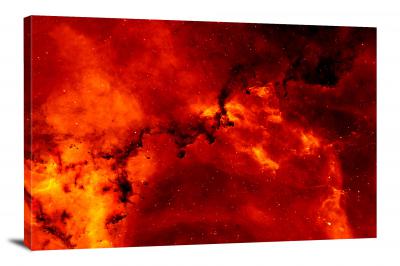
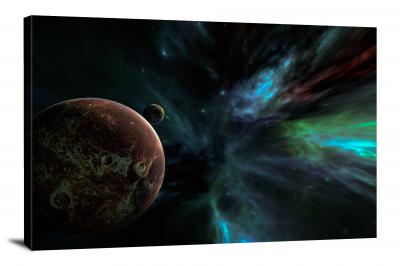
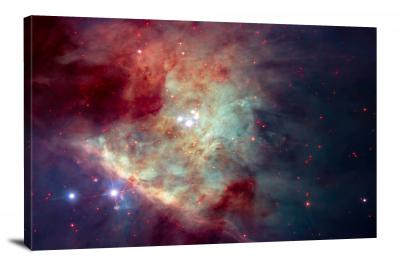
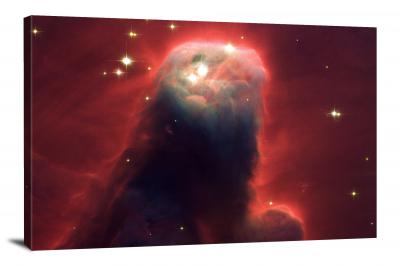
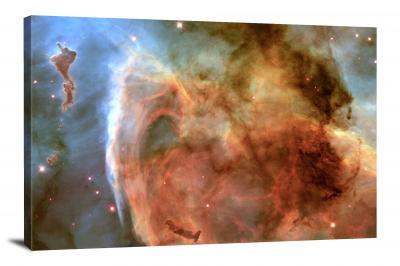
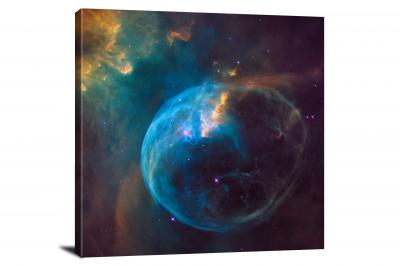
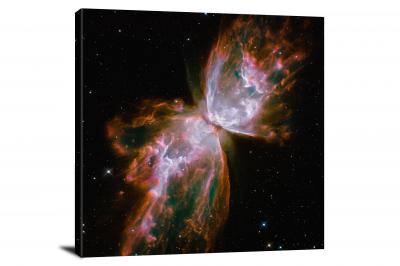
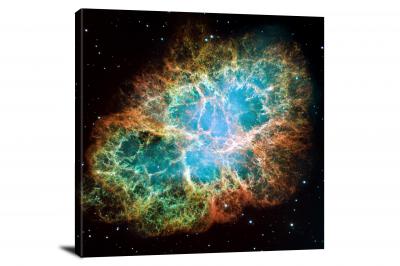
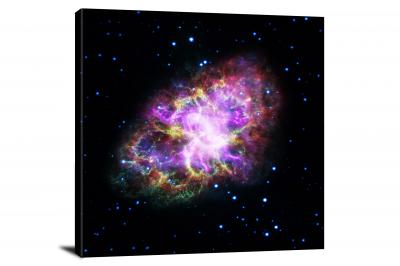
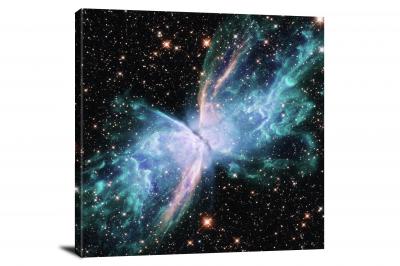
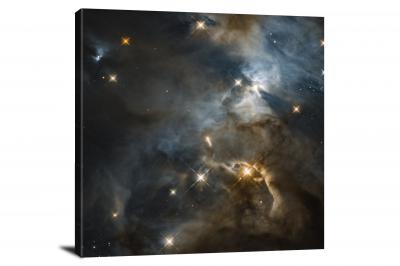
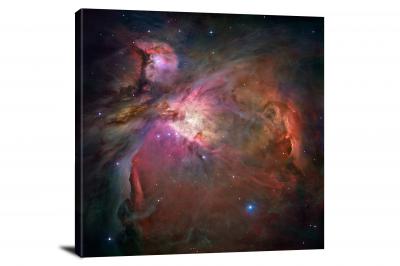
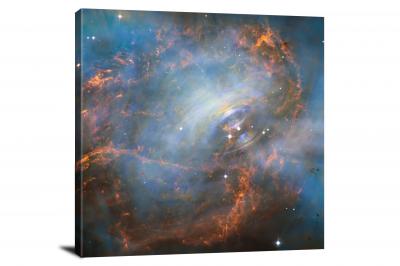
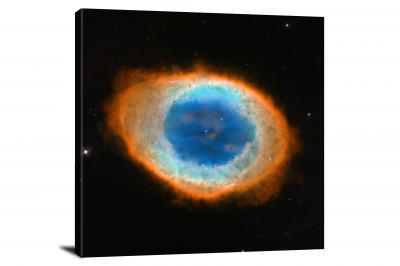
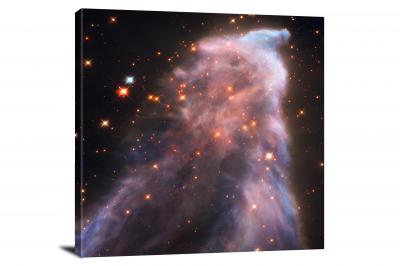
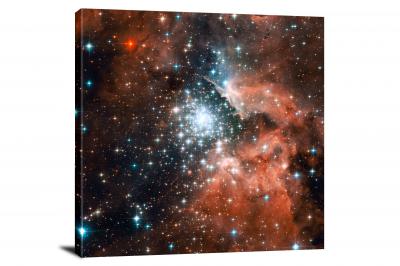
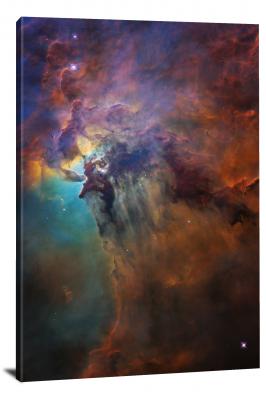
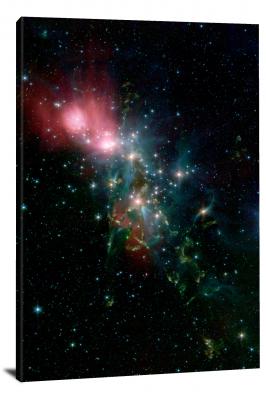
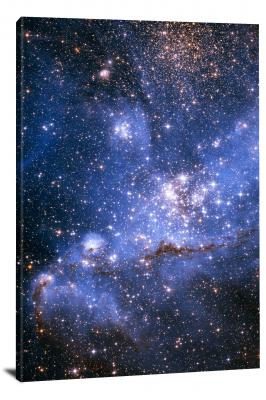
In the great cosmic tapestry, few phenomena inspire as much awe and mystery as nebulas. From the Latin word for "cloud," a nebula is an interstellar region of gas, dust, and other materials. These celestial masterpieces are not just stunning sights in our telescopes, they are essential elements in the lifecycle of stars and the evolution of galaxies. Let's embark on an extraordinary voyage into the radiant realm of nebulas.
In the vastness of space, where the infinite darkness prevails, nebulas emerge as celestial entities of light and color. These diffuse objects occupy the space between stars, sometimes spanning hundreds of light-years across. Composed of hydrogen, helium, dust, and ionized gases, nebulas play a fundamental role in the universe: they are the stellar nurseries where stars are born and the resting places where stars meet their end.
The life of a nebula is intricately tied to the lifecycle of stars. They are often born from the material ejected by dying stars, and they, in turn, collapse under gravity to form new stars and planetary systems.
Star-Birth Nebulas: A stellar nursery, like the famous Orion Nebula, is a site of intense activity. These nebulas, rich in hydrogen, undergo gravitational collapse, creating dense regions known as molecular clouds. Within these clouds, pockets of gas and dust begin to coalesce under their own gravity, eventually triggering nuclear fusion and giving birth to new stars. It's within these environments that solar systems, like our own, are formed.
Star-Death Nebulas: Towards the end of a star's lifecycle, it often expels its outer layers, creating a shell of gas and dust. This process creates what is known as a planetary nebula, despite having nothing to do with planets. The remaining core of the star, now a white dwarf, ionizes the surrounding material, causing it to glow. The iconic Ring Nebula is a prime example of a planetary nebula.
Supernova Remnants: When massive stars exhaust their nuclear fuel, they collapse under their own gravity and explode spectacularly as supernovae. These explosions scatter elements throughout space, seeding the cosmos with the ingredients for future stars, planets, and even life. The remnants of these cataclysmic events, such as the Crab Nebula, glow with the energy of the explosion, creating some of the most complex and beautiful nebulas in the universe.
Some of the most famous nebulas are beloved for their distinct shapes and vibrant colors, revealing the dynamic and creative nature of the universe.
The Pillars of Creation: Situated within the Eagle Nebula, these towering structures are stellar nurseries, with new stars forming within their dense regions. These iconic pillars, captured in stunning detail by the Hubble Space Telescope, represent the creative power of nebulas.
The Horsehead Nebula: Named for its distinct shape, this dark nebula is a dense cloud of gas and dust silhouetted against a brighter nebula. The Horsehead Nebula serves as a stark reminder of the vast scales and intriguing structures that exist in the cosmos.
The Helix Nebula: Also known as the "Eye of God," this planetary nebula is one of the closest of its kind to Earth. Its intricate structure and striking color make it one of the most photographed objects in the night sky.
Nebulas have not only enriched our understanding of the universe but also have been the muses inspiring human imagination and culture. They have influenced literature, arts, and have served as the backdrop of many science fiction stories. The timeless allure of nebulas is a testament to our eternal fascination with the cosmos.
As we continue to explore the universe, nebulas will remain crucial in our quest to understand the lifecycle of stars, the formation of planets, and the intricate dance of cosmic evolution. Each nebula, a celestial symphony of light and color, invites us to marvel at the grandeur of the cosmos and to seek answers to the mysteries of the universe. These cosmic nurseries and galactic masterpieces, scattered across the infinite canvas of space, encapsulate the essence of astronomical wonder, promising endless discovery for generations of future stargazers.